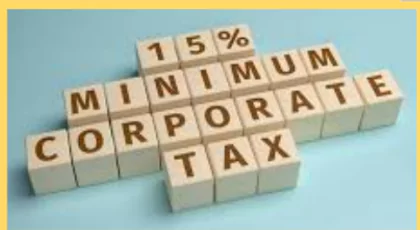![]() March 30, 2024
March 30, 2024
![]() 28646
28646
![]() 0
0
Since the sweeping reforms of 1991, there has been a concerted effort to recalibrate tax regimes, particularly concerning individual income taxes. The rationale behind this shift stems from the recognition that exorbitant tax rates can inadvertently incentivize tax evasion, undermining the efficacy of revenue collection mechanisms.
Consequently, a shift towards moderate tax reforms has gained widespread acceptance, driven by the belief that such policies not only promote savings but also encourage voluntary disclosure of income
Committee and task force on Direct Tax reform recommendations |
|
| Committee / Task Force | Recommendations: |
| Kelkar Committee (2002)
Terms of Reference: To review and recommend reforms in the direct tax system in India. Objectives: Simplify tax laws, rationalize tax rates, broaden the tax base, and enhance voluntary compliance. |
|
| Parthasarathi Shome Committee (2012):
Terms of Reference: To review the proposed General Anti-Avoidance Rules (GAAR) in the Finance Act, 2012. Objectives: Provide recommendations to bring clarity and balance to the GAAR provisions. |
|
| Direct Tax Code (DTC) Committee (2009):
Terms of Reference: To draft a new direct tax code for India. Objectives: Simplify and modernize the direct tax system, revise tax reforms, deductions, exemptions, and improve tax administration. |
|
| Must Read | |
| Current Affairs | Editorial Analysis |
| Upsc Notes | Upsc Blogs |
| NCERT Notes | Free Main Answer Writing |
Committee and task force on Indirect Tax reforms recommendations |
|
| Committee / Task Force | Recommendations: |
Raja J. Chelliah Committee (1991):
|
|
Kalyani Menon Sen Committee (2002):
|
|
T. R. Rustagi Committee (2011):
|
|
Arvind Subramanian Committee (2015)
|
|

The Global Minimum Corporate Tax (GMCT) has emerged as a response to the practice of big technology companies shifting their profits to countries with lower corporate tax rates, often without relocating their actual business operations.
|
| Interpretation | |
| Buoyancy > 1 | Tax revenues are growing at a faster rate than the economy. This usually occurs when the tax base expands due to either economic growth or effective tax administration and compliance. |
| Buoyancy < 1 | Tax revenues are growing at a slower rate than the economy. This could be due to tax evasion, reductions in tax rates, or a shrinking tax base. |
| Buoyancy = 1 | Tax revenues are growing at the same rate as the economy. |
<div class="new-fform">
</div>
Latest Comments